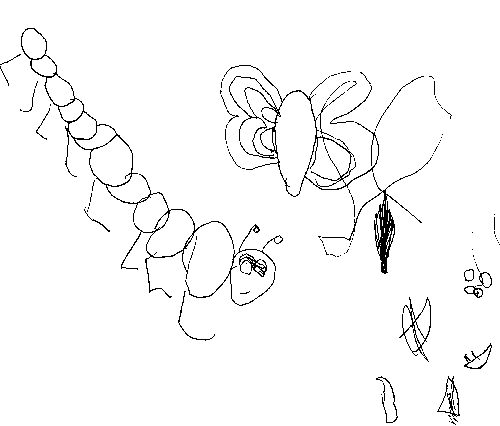
Near the end of the “Ethics in Science” course I teach, we read the novel Cantor’s Dilemma by Carl Djerassi. It does a nice job of tying together a lot of different issues we talk about earlier in the term. Plus, it’s a novel.
While it’s more enjoyable reading than the slew of journal articles that precede it, Cantor’s Dilemma is a little jarring for the students at first, because it contains whole passages that aren’t directly relevant to the question of how to be a responsible scientist. As one of my students synopsized: “Science. Sex. Science. Sex. Science. Sex.”
Upon reflection, though, I think at least some of the “novelistic” relationships in this novel really do have something to say about the nature of the scientific life. Explaining it is going to require some spoilers, though, so if you haven’t read the novel and don’t want me spoiling it for you, go read it before you click the link for the rest of the post!
Continue reading→





